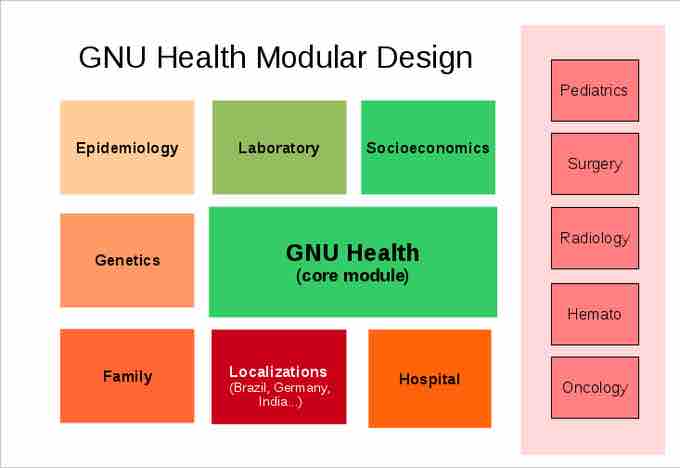Overview of the Modular Structure
Organizations can be structured in various ways that determine how the organization operates and performs. The modular structure focuses on dividing the business into small, tightly knit strategic business units (SBUs), which focus on specific elements of the organizational process. Interdependence among the units is limited because the focus of many SBUs is more inward than outward and because loyalty within SBUs tends to be very strong.
The term modularity is widely used in studies of technological and organizational systems. Product systems are deemed modular when they can be broken down into a number of components that can then be mixed and matched to connect, interact, or exchange resources. Modularization within organizations leads to the disaggregation of the traditional form of hierarchical governance into relatively small, autonomous organizational units (modules). Although modules are not generally interdependent, the modular organization is extremely flexible.
For example, a firm that employs contract manufacturing rather than in-house manufacturing is using an organizational component that is more independent. The firm can switch between different contract manufacturers that perform different functions; the contract manufacturer can similarly work for different firms. Another (more internally focused) modular model involves the existence of various consumer services which cater to dramatically different needs or demographics. At GNU Health, for example, the surgery unit may interact with different departments at different times for different reasons.

Modular organizations
A modular organization involves several largely independent bodies that can rearrange and work with different other departments as needed. This image shows the GNU health module interacting with many different departments, such as oncology, radiology, surgery and pediatrics, across many contexts, such as location and socioeconomic status.
Advantages of a Modular Structure
One advantage of the modular structure is that loosely coupled structures can enable organizations to be more flexible and restructure more easily. For example, a firm can switch between different providers and thus respond more quickly to different market needs. An organization can also fill its own corporate needs internally by creating a new modular department, which can operate interdependently with the whole.
Disadvantages of a Modular Structure
On the other hand, more internalization and more tightly coupled structures can produce better communication and intellectual property gains. As a result, critics of the modular organization argue that a firm's modularity should be limited to the extent that its flexible nature affords gains. Various degrees of modularity are possible but not necessarily useful if the pros do not outweigh the cons. Managers must carefully consider whether or not a modular structure would be useful, either entirely or partially, for a given organization.